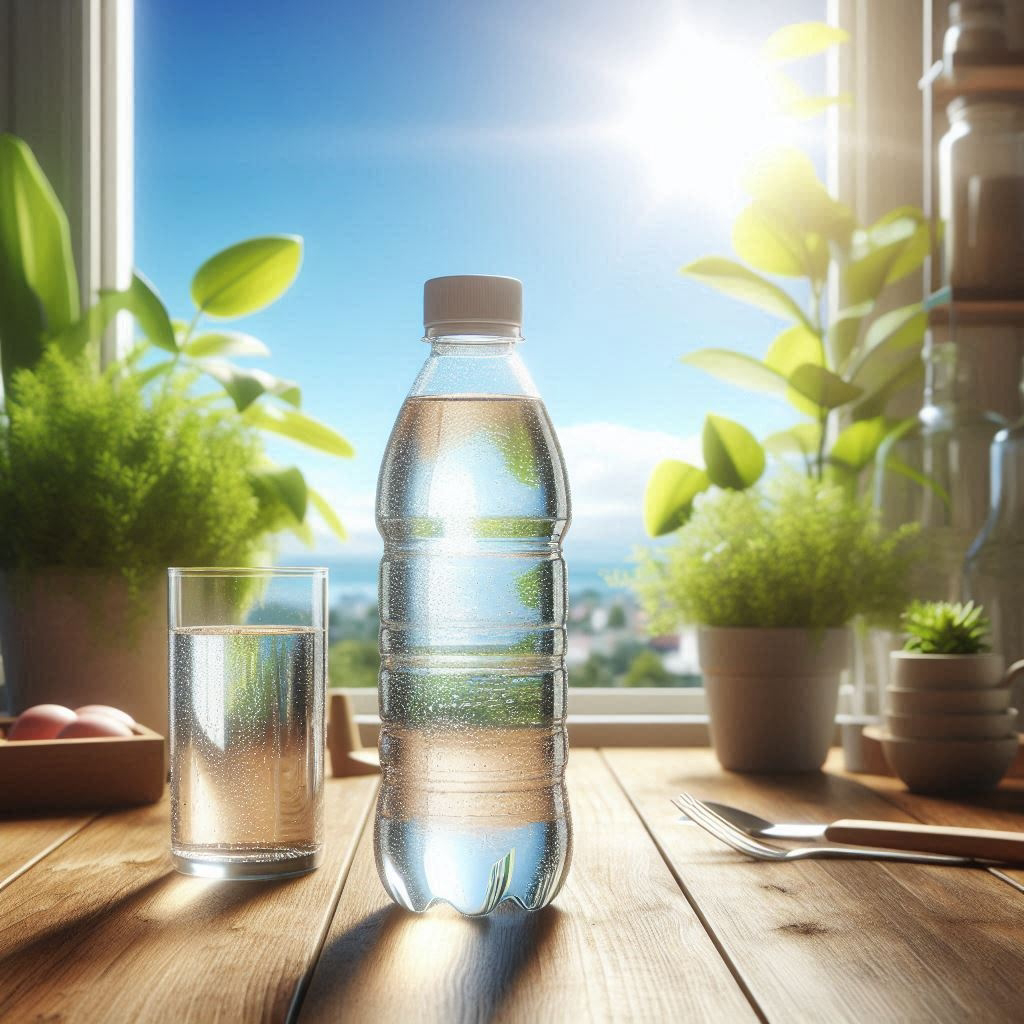Plastic bottle of water and issues related
The research is still ongoing and not all findings are conclusive, these concerns of plastic bottles highlight the need for cautious consumption of bottled water and consideration of alternatives, such as using glass or stainless steel containers.
what they contain:
1. Microplastics Contamination: Studies have found that bottled water can contain microplastics, tiny plastic particles that may leach into the water during storage. Ingesting microplastics might pose health risks, although the long-term effects are still under investigation.
2. Chemical Leaching: Certain chemicals used in the production of plastic bottles, like bisphenol A (BPA) and phthalates, can leach into the water, especially when bottles are exposed to heat or left in the sun. These chemicals are known endocrine disruptors and have been associated with various health issues.
3. Bacterial Growth: Bottled water can sometimes be stored for long periods, allowing bacteria to grow, particularly if the bottle is reused and not properly cleaned. This can lead to potential health risks if consumed.
4. Environmental Impact: While not a direct health concern, the widespread use of plastic bottles contributes to pollution and environmental degradation, which can have indirect effects on public health and ecosystems.
5. Blood Plastic Contamination: The recent findings in Italy suggesting that individuals may have plastic particles in their bloodstream raises alarms about how plastic consumption could lead to accumulation in the body, potentially affecting cardiovascular health.
Testing your water for plastic contamination can be done through several methods, depending on the level of accuracy and resources available. Here are some approaches you can take:
1. Home Testing Kits:
- Some companies offer home testing kits specifically designed to detect microplastics in water. These kits typically include filters and instructions for sampling and analysis.
- Follow the manufacturer's instructions carefully to obtain accurate results.
2. Laboratory Testing:
- For more accurate and comprehensive testing, consider sending a water sample to a laboratory that specializes in environmental testing.
- Look for labs that offer microplastic analysis and ensure they have accreditation to perform such tests.
3. Visual Inspection:
- While not scientifically rigorous, you can perform a basic visual inspection of your water. Look for visible particles or cloudiness, especially if you suspect contamination.
- However, many microplastics are too small to see without specialized equipment.
4. Consult Local Water Quality Reports:
- Review your local water quality reports, which are often published by municipal water utilities.
- These reports may provide information on contaminants present in your local water supply, though microplastics may not always be included.
5. Research Local Testing Programs:
- Some community organizations or universities may offer water testing programs or workshops to test for various contaminants, including microplastics.
- Check if there are any such initiatives in your area.



Comments
Post a Comment